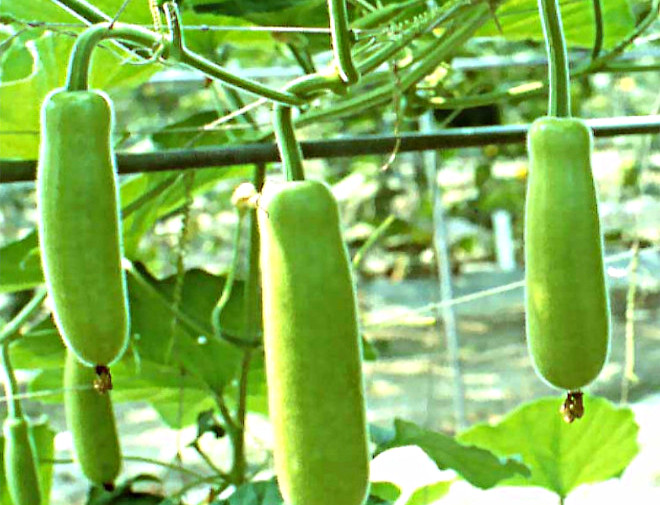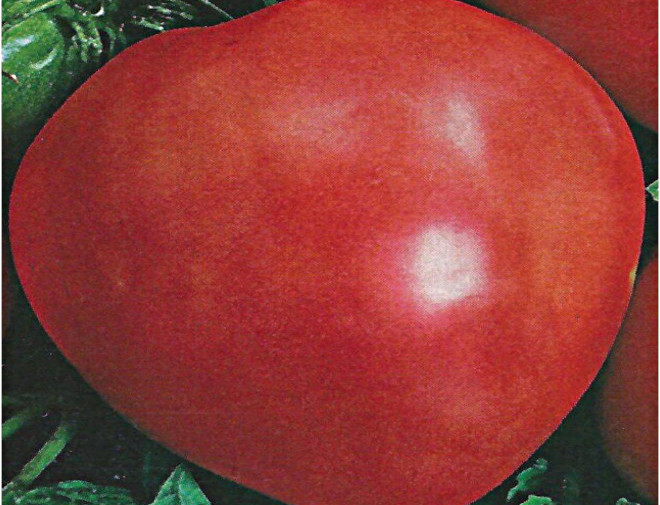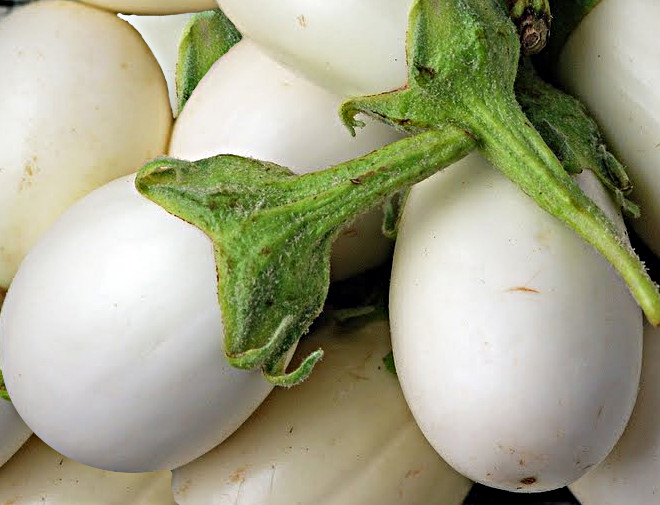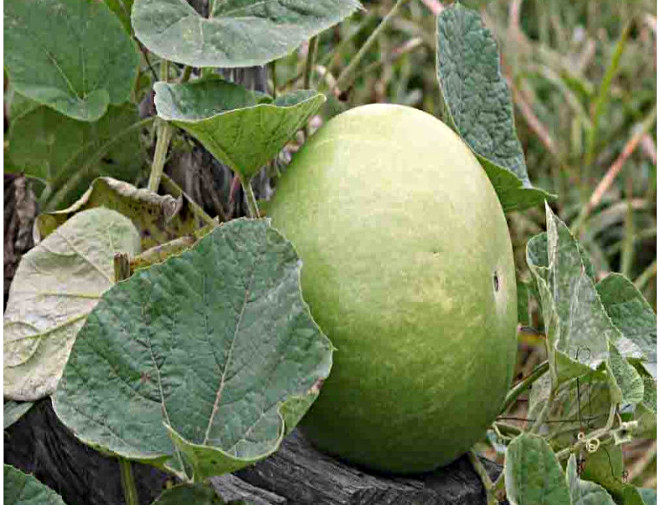Lady Finger Bhindi Seeds
Lady Finger is a basic vegetable utilized as a part of Indian food for mouth-watering formulas. Frequently, this vegetable is cooked alone as curry or as Stir sear alongside flavors, which is served hot with Rice or Rotis. In a few sections of the South Indian states, they are likewise considered as a noteworthy fixing in sambhar, a South Indian dish
₹55.00 Original price was: ₹55.00.₹35.00Current price is: ₹35.00.
Description
Lady Finger Bhindi Seeds is a basic vegetable utilized as a part of Indian food for mouth-watering formulas. Frequently, this vegetable is cooked alone as curry or as Stir sear alongside flavors, which is served hot with Rice or Rotis. In a few sections of the South Indian states, they are likewise considered as a noteworthy fixing in sambhar, a South Indian dish.
How to plant
- Test your dirt with a unit from the garden focus to decide your garden bed’s pH level. In the event that it is higher than 6.8, utilize sulfur or peat greenery to bring down it to the marginally acidic level okra favors. On the off chance that it is lower than 6.0, utilize limestone to raise the pH level with the goal that it isn’t excessively acidic.
- Work a 3-inch layer of manure into the best 6 to 8 creeps of soil to include richness and enhance waste.
- Sow lady finger seeds in late-spring, no less than a month after all risk of ice has passed. Night temperatures ought not fall beneath 60 degrees Fahrenheit. Plant them at a profundity of 0.5 inches, at a separating of 6 inches separated inside columns. Columns ought to be no less than 24 inches separated. Water the planting zone delicately.
- Thin Ladyfinger seedlings to no less than 12 inches separated when they are 3 inches tall. Pick the hardiest looking seedlings, and expel the rest by cutting the seedlings at the dirt line.
- Keep the dirt in the okra bed reliably clammy until the point that the plant blossoms. Supplement water with a hose or trickle water system framework amid times of low precipitation.
- Water okra plants less every now and again after they deliver blossoms. The stems are inclined to spoiling if soil conditions are excessively clammy.
- Side-dress the plants with extra fertilizer around 30 days subsequent to sowing seeds. Lay a limited band of manure a couple of crawls before every lady finger push, at that point water to enable the supplements to start siphoning into the dirt.
- Screen plants for indications of aphids and insect bugs, which incorporate bit looking foliage and hindered plant development. Set a hose to a solid shower to thump these flying nuisances from the plants. Expel infected or pervaded stems and clears out.
- Start picking okra around 50 days in the wake of sowing seeds, after the plants’ petals fall. To diminish the cases’ inclination to have a “foul” surface, they ought to be no longer than 4 crawls at reap. Evacuate the cases with around 1 inch of stem joined, utilizing sharp pruning shears.
- Keep gathering ladyfingers as long as the plants keep on producing units, which can be up to multi year in warm atmospheres. On the off chance that you gather each other day, you’ll keep the plants creating – something else, over-aged cases will flag the plants to quit bearing okra.
Pests
- Shoot and fruit borer
- Okra fruit borer
- Leaf roller
- Blister beetle
- Leafhopper
- Whitefly
- Aphid
- Solenopsis mealy bug
- Dusky cotton bug
- Red cotton bug
Refrences
- http://www.krishisewa.com
- http://homeguides.sfgate.com
Related products
-
-
₹50.00The most popular garden vegetable crop, tomatoes...
-
₹55.00Original price was: ₹55.00.₹35.00Current price is: ₹35.00.The Bottle gourd can be developed in...






